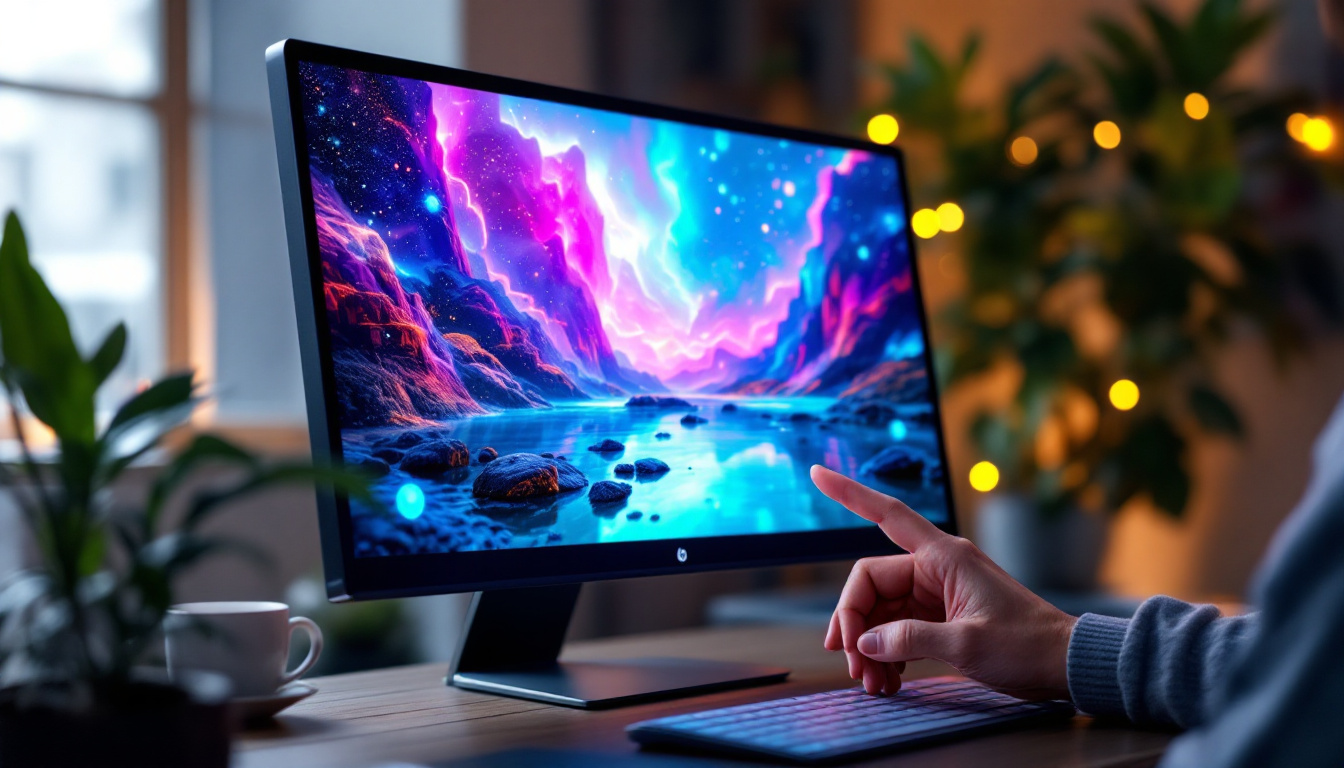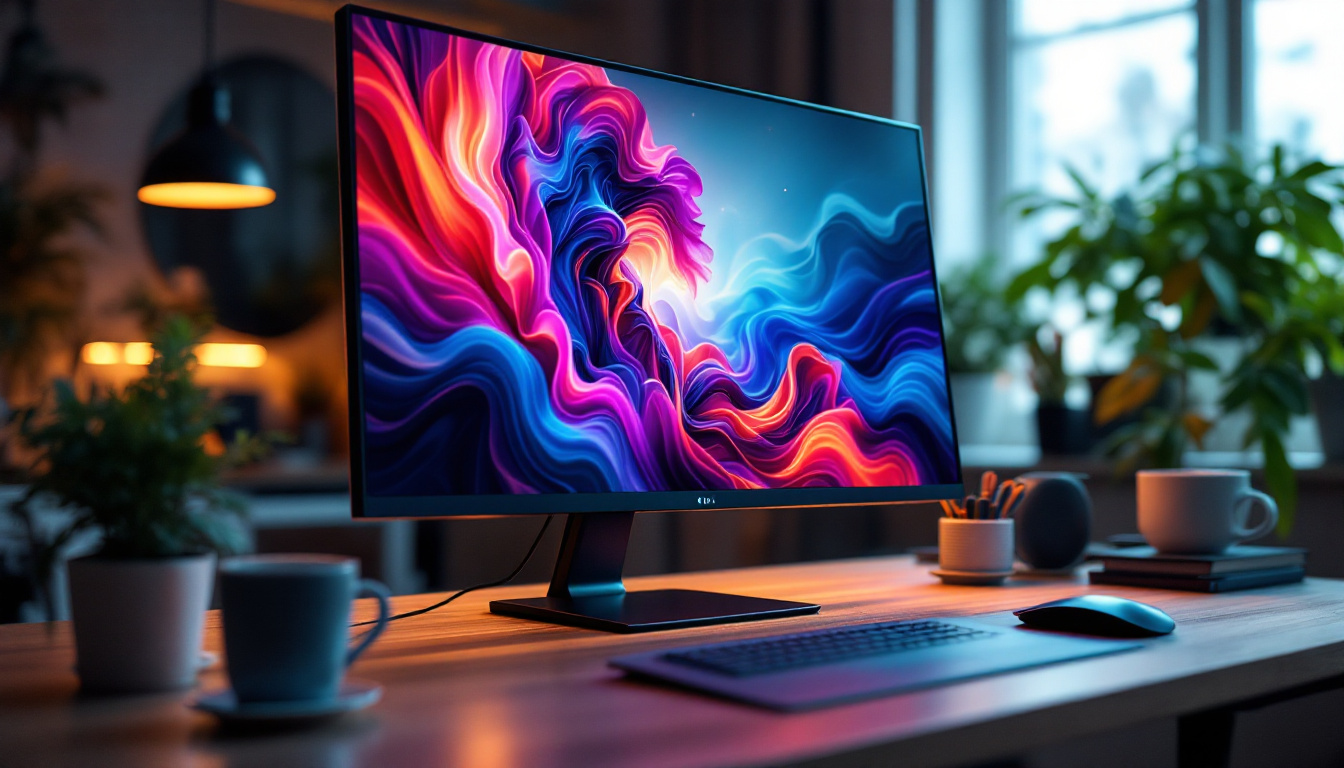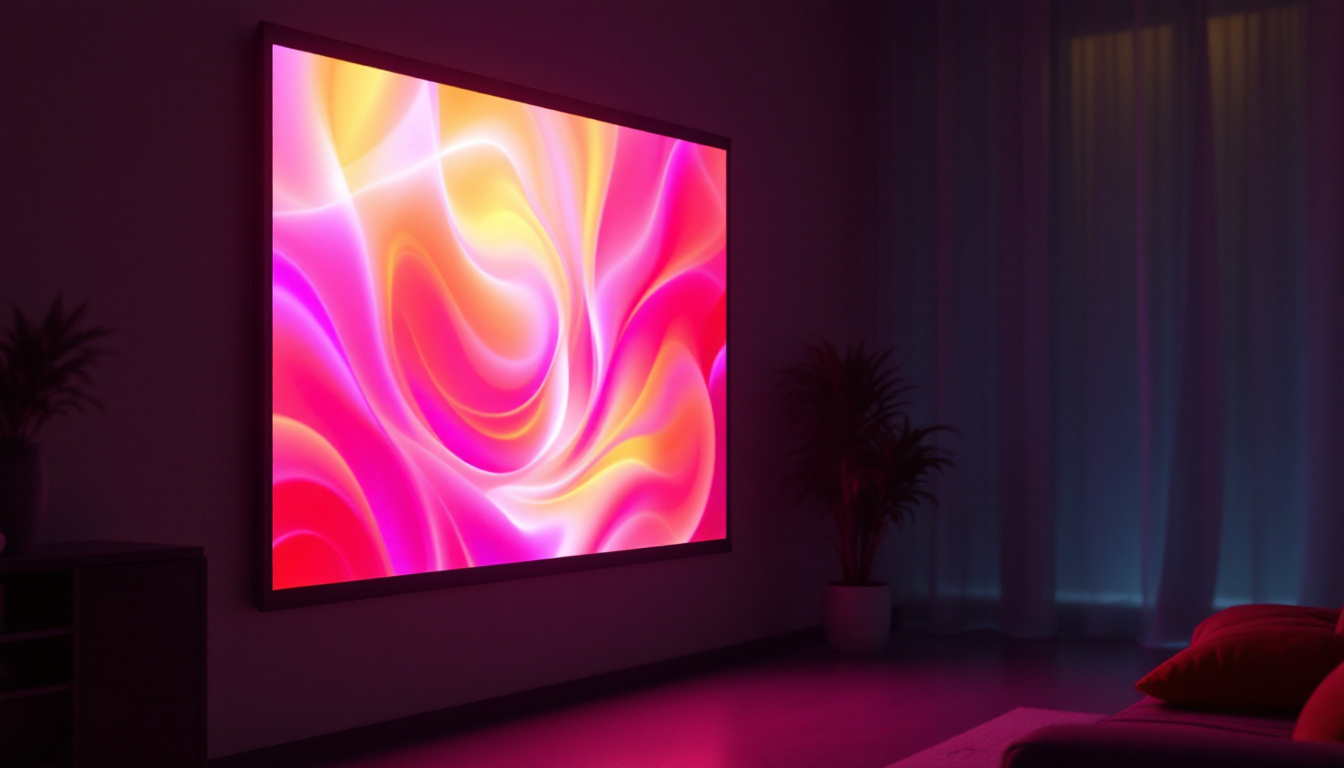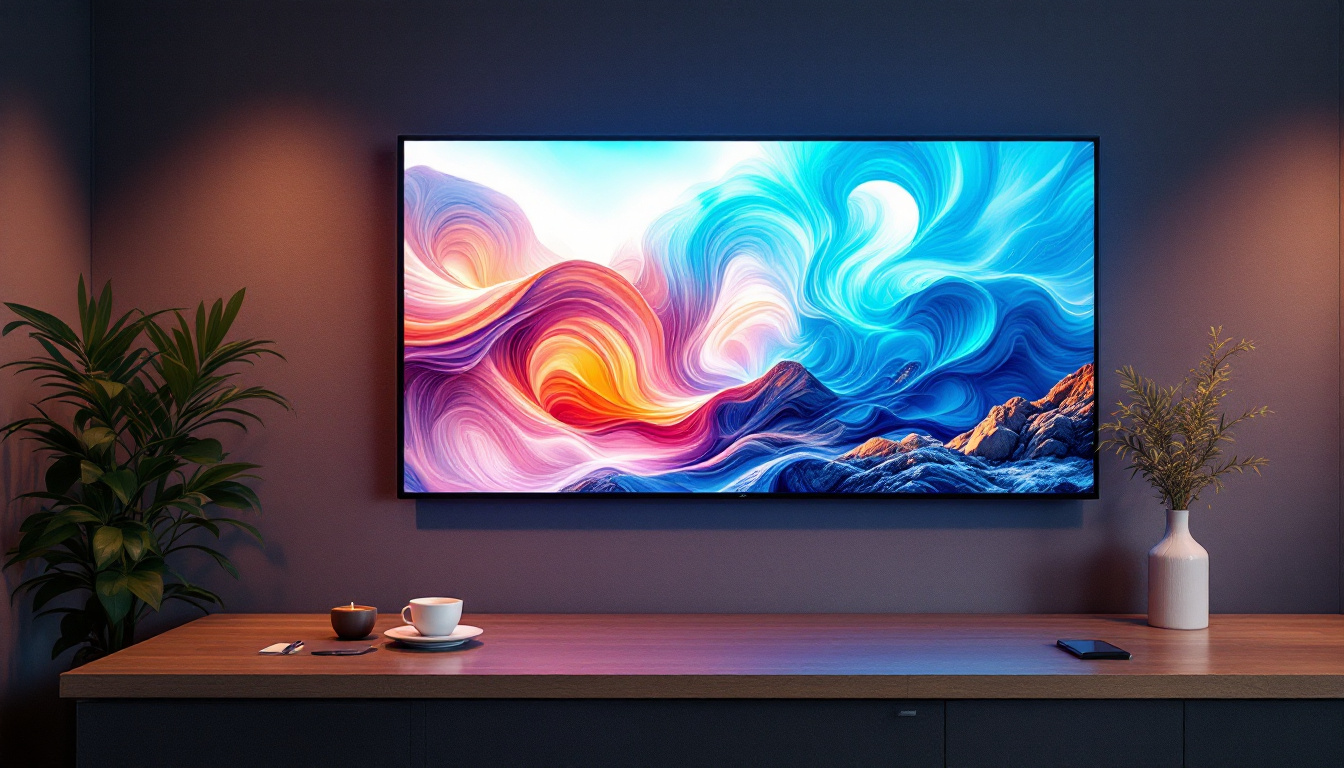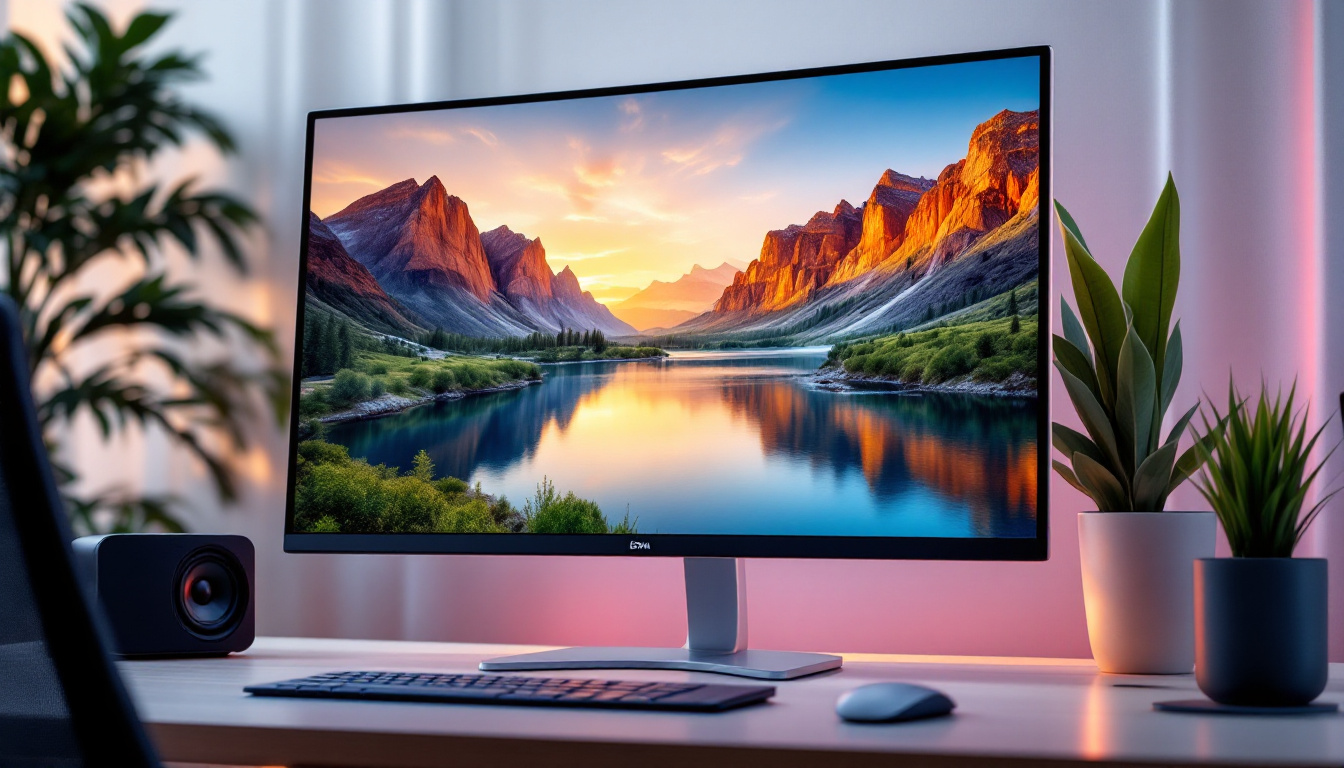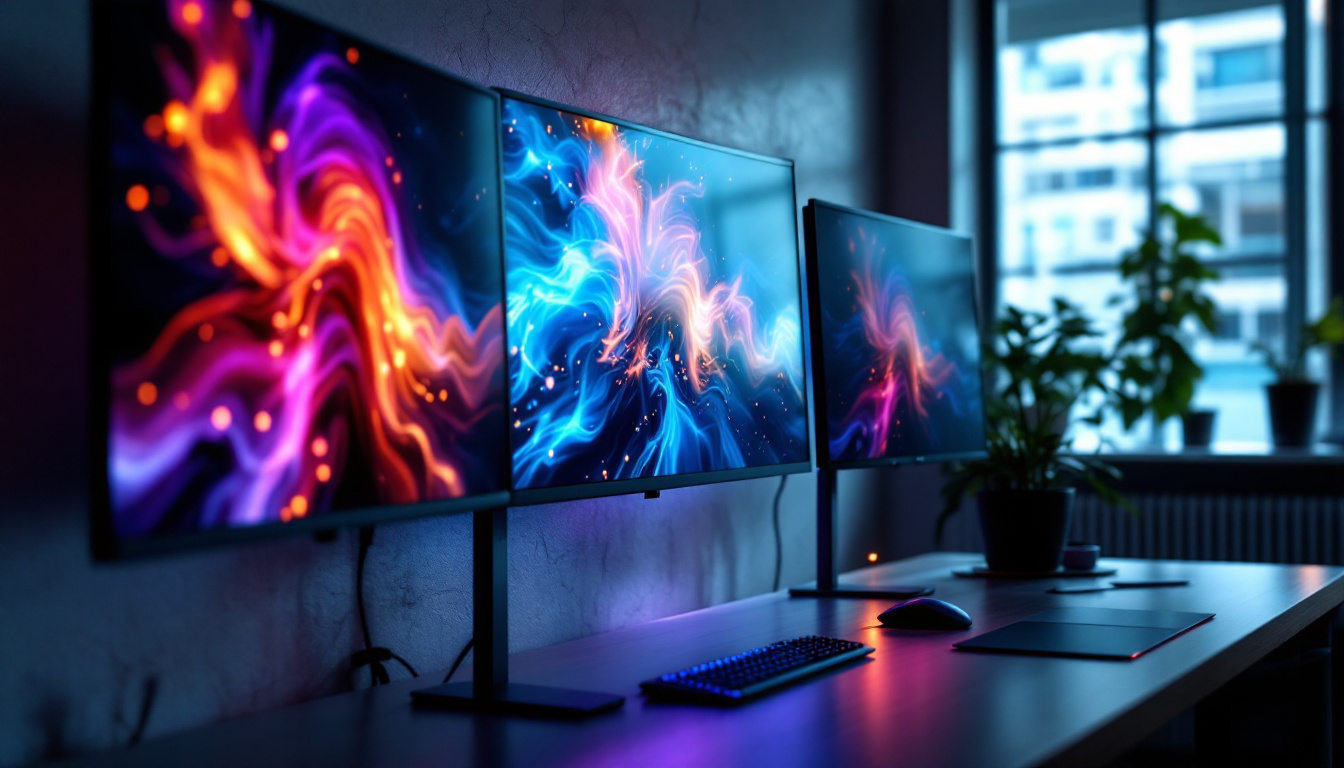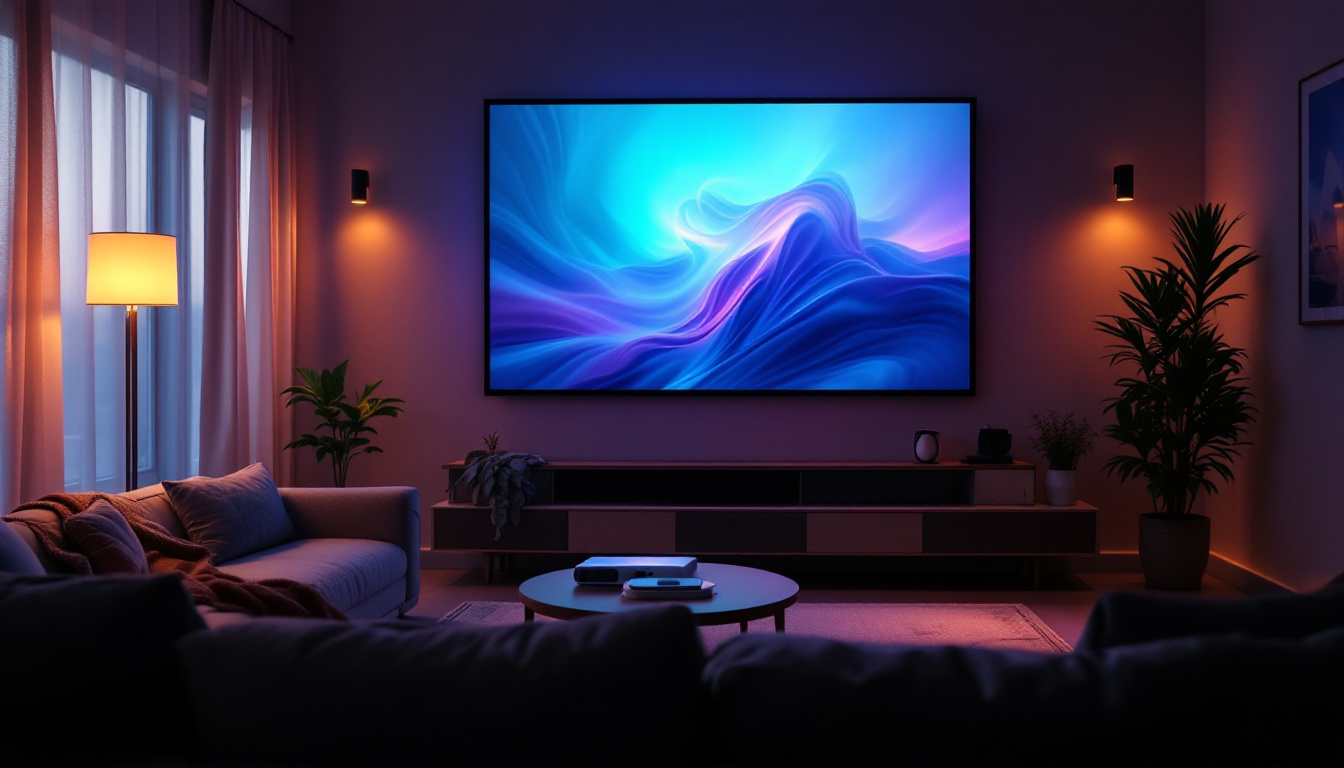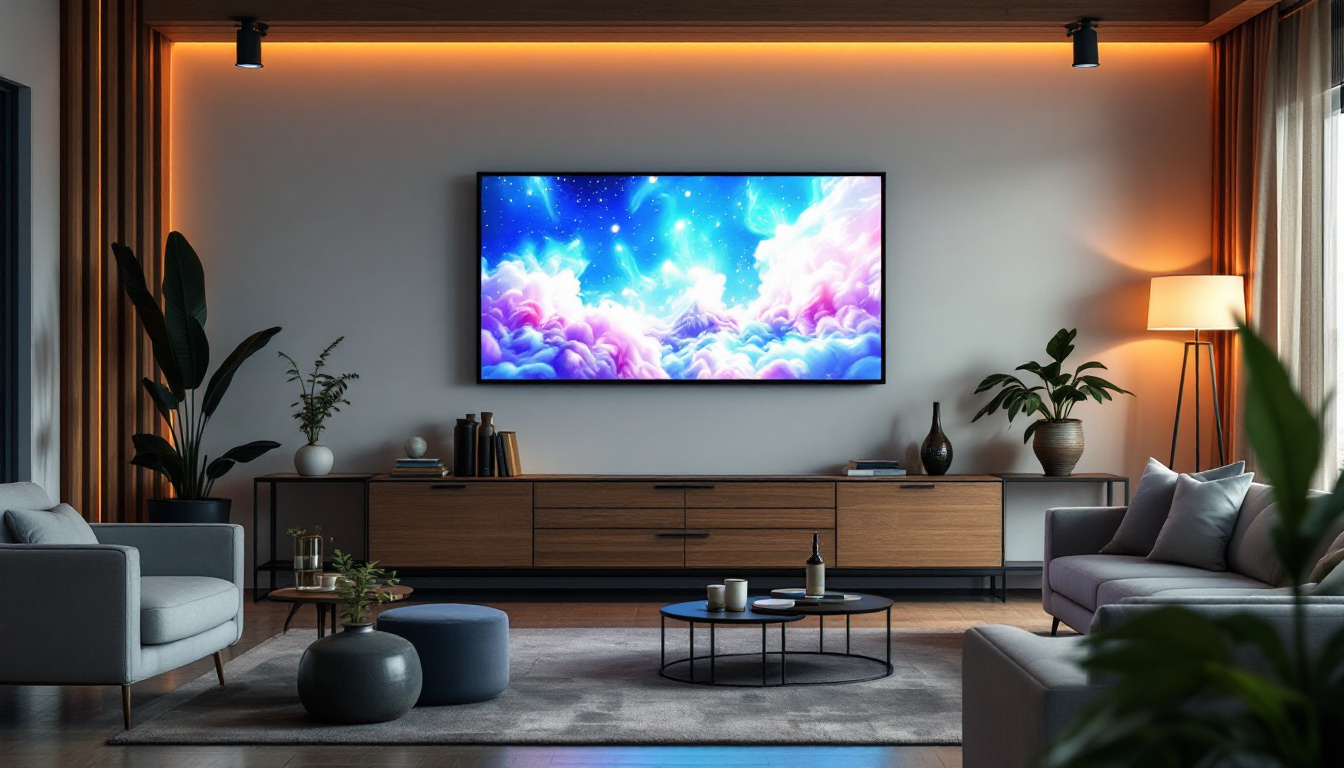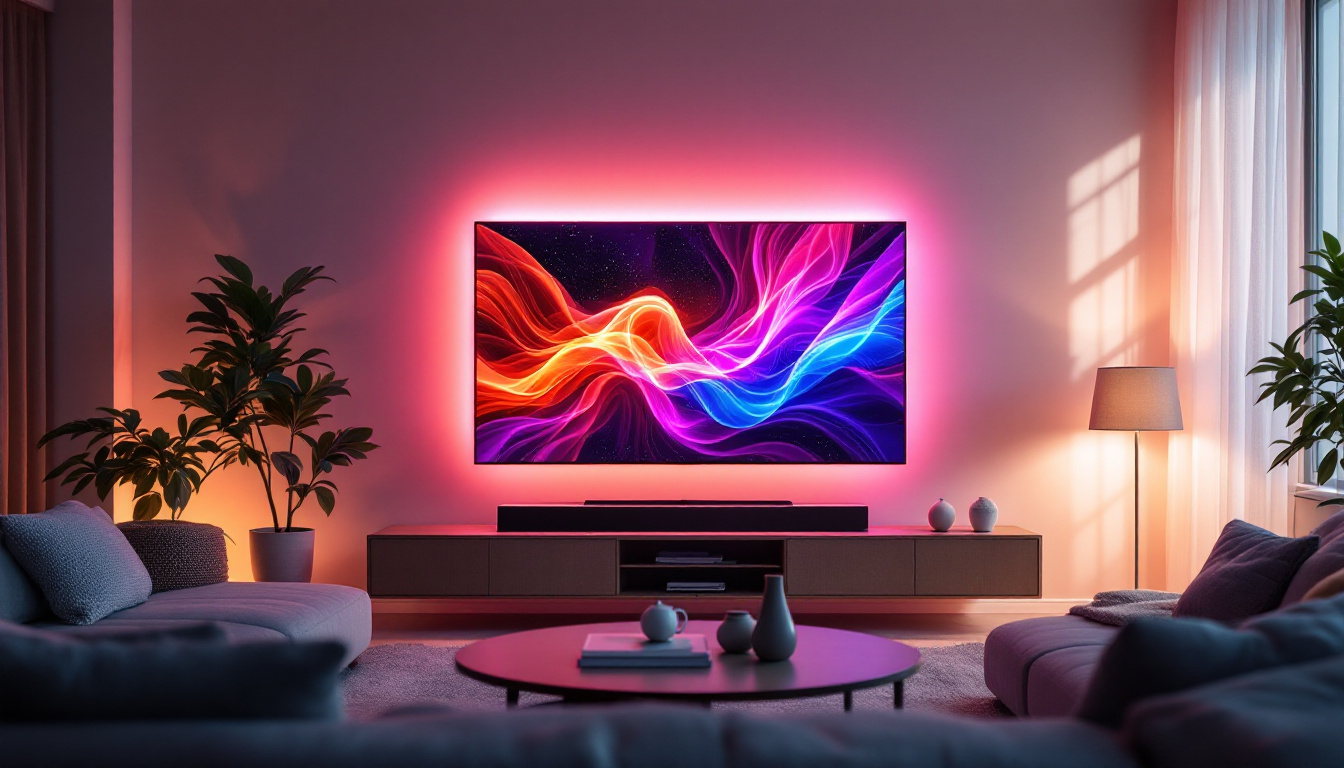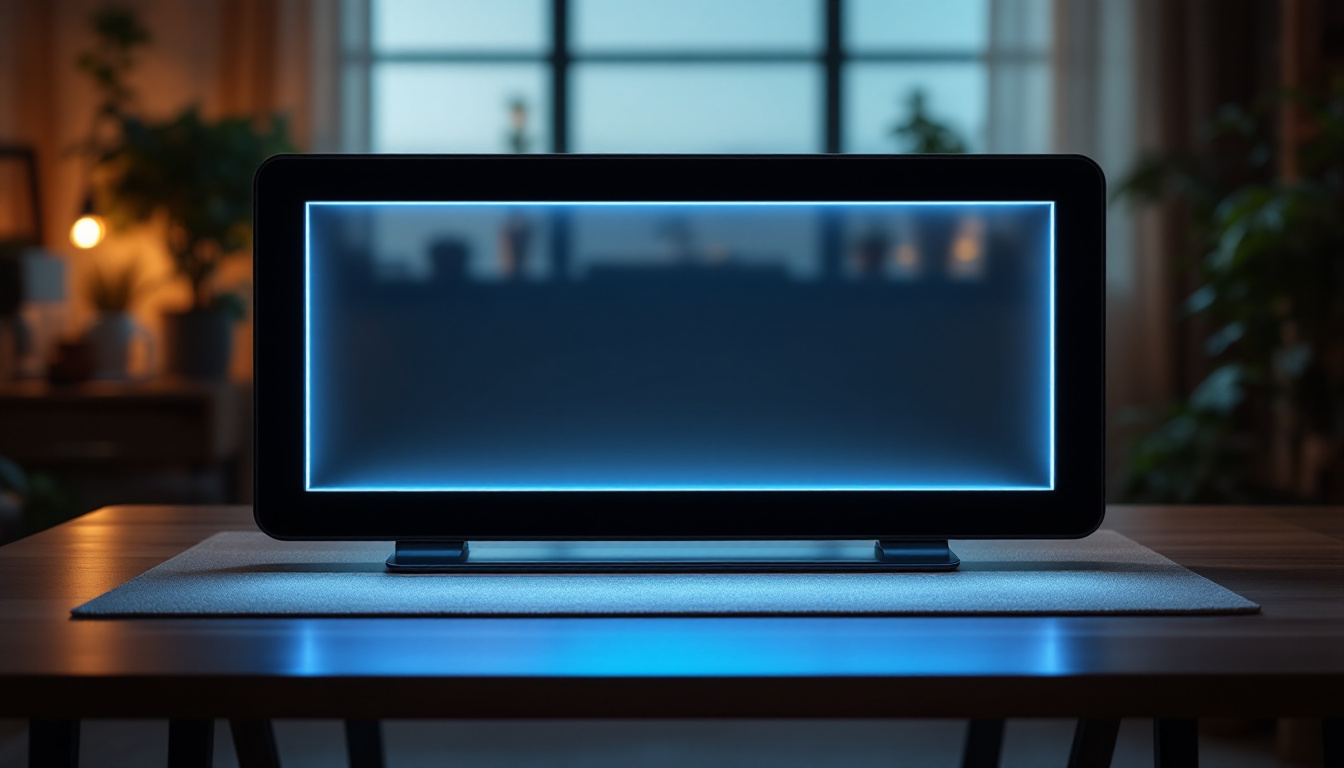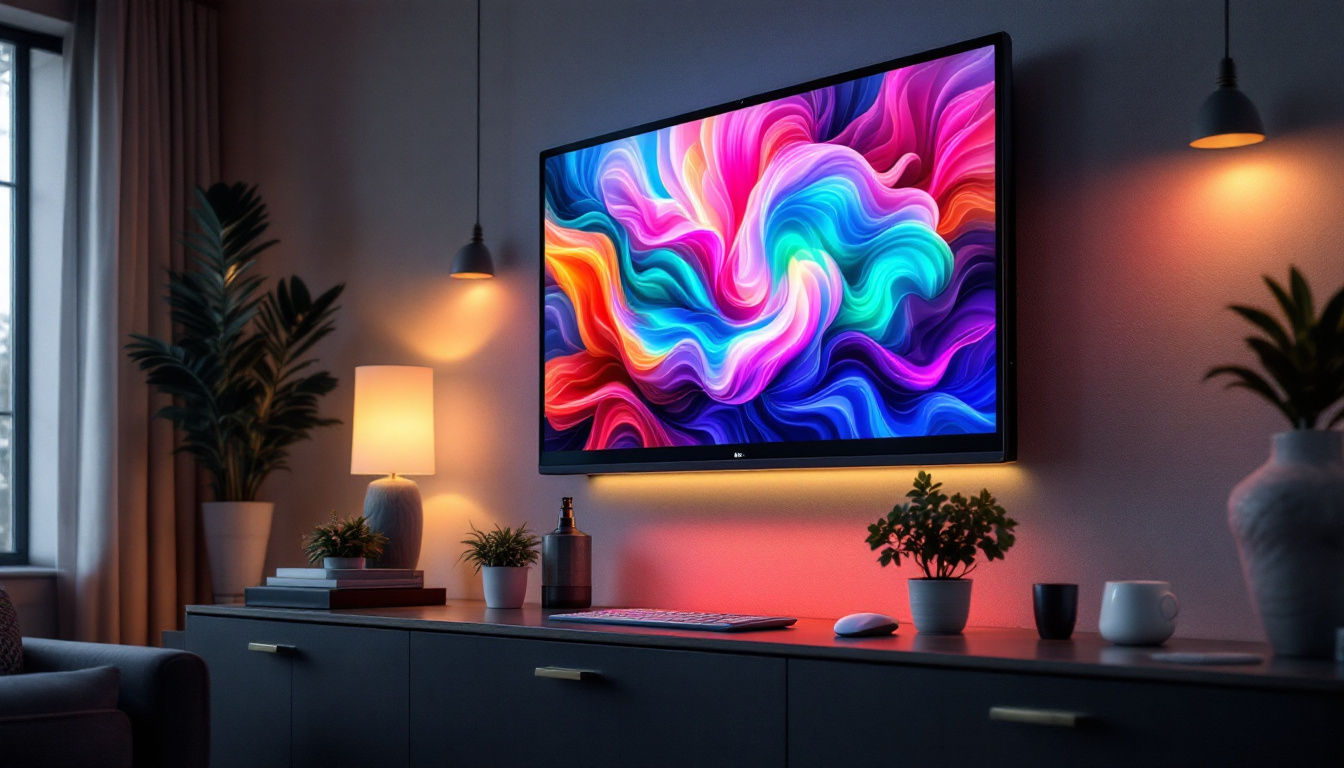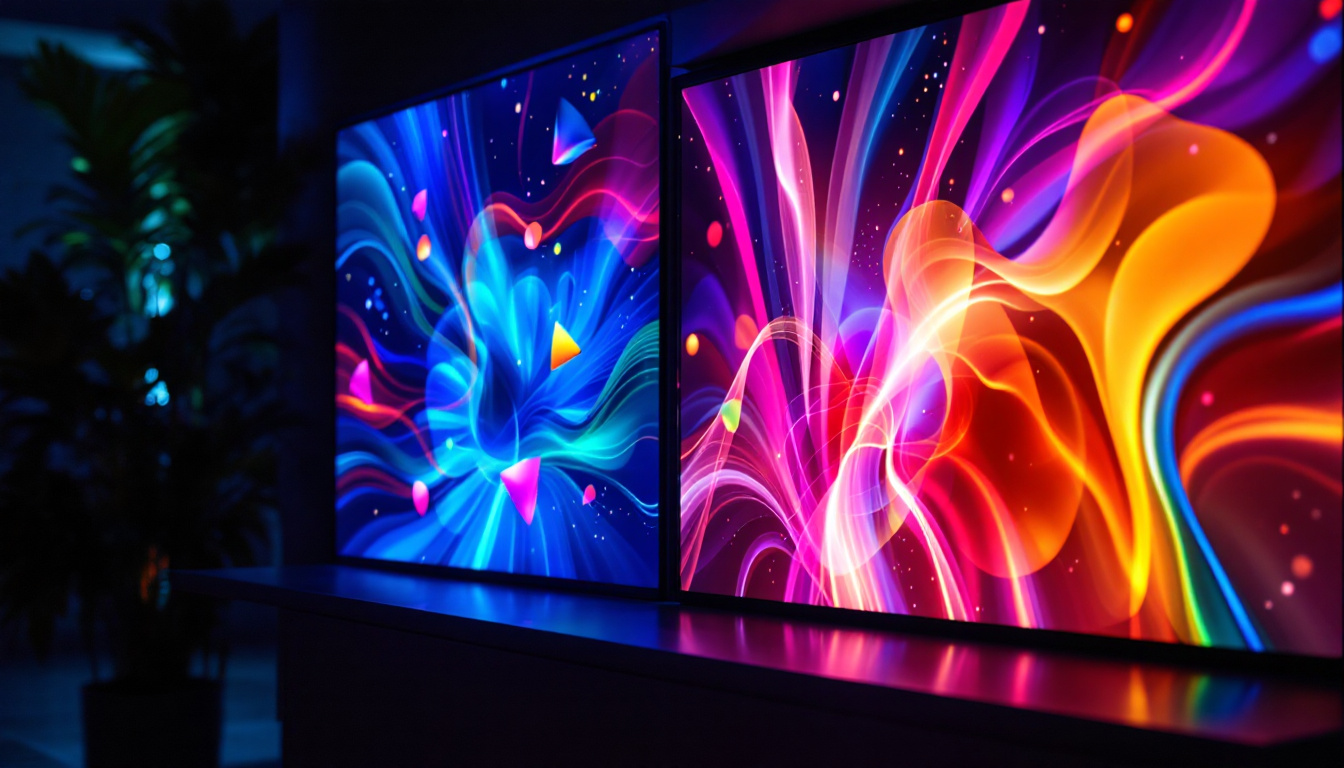The world of technology is ever-evolving, with innovations that continually reshape how users interact with devices. Among these advancements, touch screen monitors have gained significant traction, particularly in educational, business, and home environments. Hewlett Packard (HP), a leader in technology solutions, has developed a range of touch screen monitors that integrate LED display technology. This article delves into the features, benefits, and applications of HP’s touch screen monitors, providing a comprehensive understanding of their capabilities.
Understanding LED Display Technology
LED (Light Emitting Diode) technology has revolutionized display screens, offering brighter, more vibrant visuals compared to traditional LCD screens. This section explores the fundamentals of LED technology and its advantages in touch screen monitors.
What is LED Display Technology?
LED display technology utilizes semiconductor diodes that emit light when an electric current passes through them. This method allows for a more efficient and brighter display compared to older technologies. In the context of HP’s touch screen monitors, LED displays provide enhanced color accuracy, contrast ratios, and energy efficiency. The ability to control individual pixels also means that LED displays can achieve deeper blacks and more vivid colors, making them ideal for a variety of applications, from professional graphic design to everyday media consumption.
Advantages of LED Displays
One of the primary benefits of LED displays is their superior brightness. This feature is particularly advantageous in environments with high ambient light, such as conference rooms or classrooms. Additionally, LED displays consume less power, making them a more sustainable choice for users concerned about energy consumption. This energy efficiency not only translates to lower electricity bills but also contributes to a reduced carbon footprint, aligning with global efforts towards sustainability.
Moreover, LED technology allows for thinner and lighter designs, which is crucial for touch screen monitors that are often mounted on walls or used in portable setups. The durability of LED displays also contributes to their longevity, reducing the need for frequent replacements. Furthermore, many LED monitors come equipped with advanced features such as anti-glare coatings and wide viewing angles, enhancing usability in diverse settings. These characteristics make LED displays not just a practical choice but also a versatile one, catering to both professional and personal needs with ease.
Features of HP Touch Screen Monitors
HP’s touch screen monitors come equipped with a variety of features designed to enhance user experience and productivity. These features cater to different user needs, whether for business applications, educational purposes, or personal use.
Interactive Touch Capabilities
One of the standout features of HP touch screen monitors is their interactive touch capabilities. These monitors typically support multi-touch functionality, allowing users to interact with the screen using multiple fingers simultaneously. This capability is essential for applications that require gesture controls, such as zooming in and out or rotating images.
Furthermore, the touch response is often highly sensitive, providing a smooth and intuitive user experience. This responsiveness is crucial for tasks that require precision, such as graphic design or data manipulation in spreadsheets.
High-Resolution Displays
HP touch screen monitors are known for their high-resolution displays, which enhance visual clarity and detail. Many models feature Full HD (1920×1080) or even 4K resolutions, making them ideal for multimedia presentations, video conferencing, and graphic-intensive applications.
The high pixel density ensures that images and text appear sharp and vibrant, reducing eye strain during prolonged use. This is particularly beneficial in professional settings where clarity is paramount.
Connectivity Options
Another significant advantage of HP touch screen monitors is their extensive connectivity options. These monitors typically come equipped with multiple ports, including HDMI, DisplayPort, USB, and VGA. This versatility allows users to connect various devices, such as laptops, desktops, and even mobile devices, facilitating seamless integration into existing setups.
Moreover, some models offer wireless connectivity options, enabling users to connect their devices without the hassle of cables. This feature is especially useful in collaborative environments where multiple users may need to share content quickly.
Applications of HP Touch Screen Monitors
The versatility of HP touch screen monitors makes them suitable for a wide range of applications across various sectors. Understanding these applications can help potential buyers determine the best use cases for their needs.
Education
In educational settings, HP touch screen monitors serve as powerful tools for interactive learning. They facilitate group activities, allowing students to collaborate on projects in real-time. Teachers can use these monitors to display multimedia content, enhancing engagement and comprehension.
Additionally, the ability to annotate directly on the screen can aid in teaching complex concepts, making learning more dynamic. The interactive features also support remote learning, enabling educators to connect with students from various locations.
Business and Corporate Use
In the corporate world, HP touch screen monitors are invaluable during presentations and meetings. Their high-resolution displays ensure that visuals are clear and impactful, while the touch capabilities allow presenters to navigate through slides effortlessly.
Moreover, these monitors can be utilized in customer-facing environments, such as retail stores or kiosks, where touch interaction can enhance the customer experience. Businesses can showcase products, gather customer feedback, and provide information in an engaging manner.
Home Use
For home users, HP touch screen monitors can serve multiple purposes. They can be used for entertainment, such as streaming movies or playing games, thanks to their vibrant displays and responsive touch features. Additionally, they can function as smart home control panels, allowing users to manage various devices from a single interface.
Furthermore, creative individuals can leverage these monitors for graphic design, video editing, or digital art, benefiting from the precision and clarity that HP touch screen monitors provide.
Choosing the Right HP Touch Screen Monitor
With a variety of models available, selecting the right HP touch screen monitor can be a daunting task. Several factors should be considered to ensure that the chosen monitor meets specific needs and requirements.
Screen Size and Resolution
Screen size is a critical factor when choosing a touch screen monitor. Larger screens provide a more immersive experience, especially for presentations or creative work. However, the available space and intended use should dictate the appropriate size. For instance, a 27-inch monitor may be suitable for a home office, while a smaller 21-inch model might be ideal for a compact workspace.
Resolution is equally important, as it affects the clarity of images and text. Higher resolutions are preferable for tasks that require detailed visuals, such as graphic design or video editing. Users should assess their primary activities to determine the necessary resolution.
Budget Considerations
Budget is often a deciding factor in purchasing technology. HP offers a range of touch screen monitors at various price points, catering to different budgets. It is essential to balance features and quality with affordability to ensure that the chosen monitor provides value for money.
Investing in a higher-quality monitor may yield long-term benefits, such as improved durability and enhanced performance. Therefore, users should consider their usage frequency and requirements when determining their budget.
Additional Features
Beyond the basic specifications, potential buyers should also consider additional features that may enhance their experience. Features such as built-in speakers, adjustable stands, and anti-glare coatings can significantly impact usability and comfort.
Moreover, some models may offer advanced features like integrated webcams for video conferencing or enhanced security options for business applications. Evaluating these additional features can help users find a monitor that aligns with their specific needs.
Maintenance and Care for HP Touch Screen Monitors
Proper maintenance and care are essential for ensuring the longevity and optimal performance of HP touch screen monitors. Adopting good practices can prevent damage and keep the monitor functioning smoothly over time.
Cleaning the Screen
Cleaning the screen regularly is crucial to maintaining clarity and preventing smudges. Users should use a microfiber cloth and a gentle cleaning solution specifically designed for electronics. It is advisable to avoid using harsh chemicals or abrasive materials that could damage the screen.
When cleaning, users should turn off the monitor and disconnect it from the power source to ensure safety. Gently wiping the screen in circular motions can effectively remove dust and fingerprints without causing scratches.
Software Updates
Keeping the monitor’s software up to date is vital for optimal performance and security. HP often releases firmware updates that enhance functionality and address any issues. Users should regularly check for updates through HP’s official website or the monitor’s software interface.
Installing updates promptly can improve compatibility with other devices and applications, ensuring a seamless user experience.
Proper Handling and Storage
When handling the monitor, users should exercise caution to avoid physical damage. Using both hands to lift and transport the monitor can help prevent accidents. Additionally, when not in use, the monitor should be stored in a safe, dry place, away from direct sunlight or extreme temperatures.
By following these maintenance tips, users can extend the lifespan of their HP touch screen monitors and ensure consistent performance.
Conclusion
Hewlett Packard touch screen monitors equipped with LED display technology offer a blend of functionality, versatility, and high-quality visuals. Their interactive capabilities cater to a wide range of applications, from education to business and home use. By understanding the features, benefits, and considerations associated with these monitors, users can make informed decisions that enhance their productivity and overall experience.
Whether for professional or personal use, investing in an HP touch screen monitor can significantly improve how users interact with technology. With proper care and maintenance, these monitors can serve as reliable tools that adapt to the changing demands of modern life.
Discover Cutting-Edge LED Displays with LumenMatrix
Ready to elevate your visual experience with the latest in LED display technology? Look no further than LumenMatrix, a pioneer in crafting immersive and dynamic visual solutions. From vibrant Indoor and Outdoor LED Wall Displays to innovative options like Vehicle LED Displays and LED Sports Displays, LumenMatrix offers a diverse range of products designed to make your message shine. Whether you’re looking to captivate your audience, enhance your brand’s visibility, or create a unique environment, our LED solutions are tailored to meet your needs. Check out LumenMatrix LED Display Solutions today and transform your space into a world of visual wonder.

